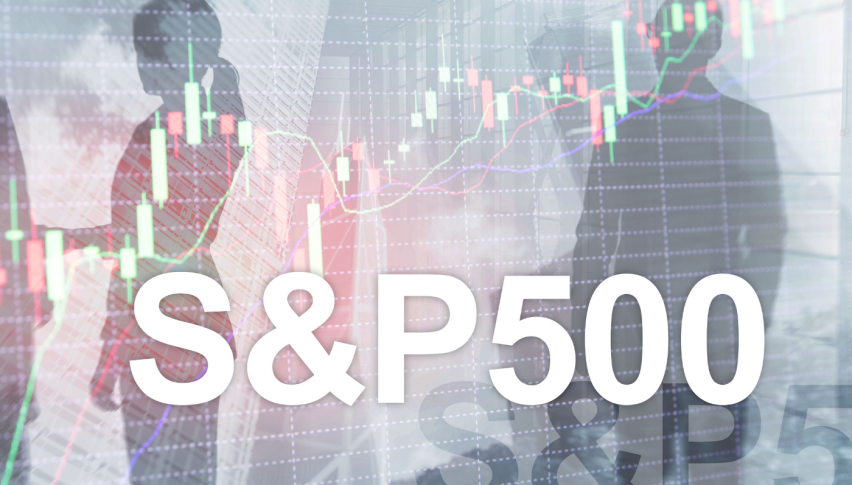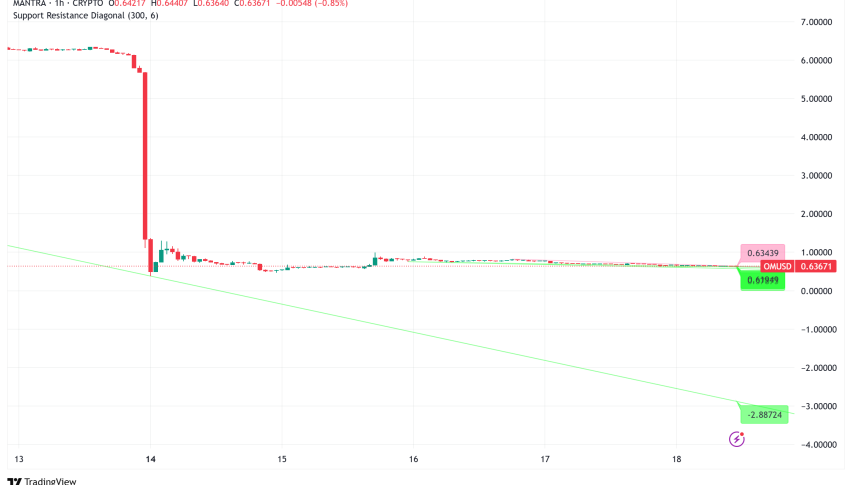S&P 500 Drops Nearly 2%, Faces Bearish Pressure Amid Tech Earnings and Global Tensions
Global markets are facing a wave of bearish sentiment, triggered by disappointing earnings from tech giants like Microsoft and Meta Platform

Global markets are facing a wave of bearish sentiment, triggered by disappointing earnings from tech giants like Microsoft and Meta Platforms.

The S&P 500 index experienced a sharp drop, sliding 1.86% to close at 5,702.45—its largest one-day loss since early September. Similarly, the Nasdaq Composite ended down 2.76%, closing at 18,095.15. Investors are increasingly cautious as market confidence takes a hit, compounded by the uncertainties surrounding the upcoming U.S. Presidential election.
The weaker-than-expected earnings reports have raised concerns about the resilience of the tech sector, which had previously driven much of the market’s gains. The poor results, combined with political and economic challenges, suggest that further downside risk could be on the horizon as investors reassess their positions.
https://twitter.com/EXC_Markets/status/1852249164047942110
Geopolitical Tensions Add to Market Volatility and Investor Anxiety
In addition to economic factors, global geopolitical uncertainties are intensifying. Investors are closely watching the Middle East, where rising tensions following recent Israeli actions have created a climate of caution. U.S. officials have been actively engaging with Middle Eastern leaders in hopes of curbing potential retaliatory actions from Iran and addressing ongoing issues in Lebanon and Gaza. However, with no clear resolution in sight, concerns about potential conflict escalation loom over the markets.
The impact of these geopolitical tensions has created increased volatility across major indexes, particularly the S&P 500. This instability is expected to persist as traders weigh the potential ramifications of international developments on the market, especially with the U.S. presidential election around the corner.
https://twitter.com/infinityhedge07/status/1852005619005583414
Mixed Economic Data Keeps Investors on Edge Ahead of Payroll Report
On the economic front, recent data has added to the cautious sentiment. Thursday’s Personal Consumption Expenditures (PCE) Price Index highlighted a 2.7% year-over-year rise in core inflation, pointing to sustained inflationary pressures. Additionally, the U.S. labor market continues to show resilience, with Initial Jobless Claims dropping to a five-month low of 216,000, signaling strong employment trends despite economic uncertainties.

The market is now focused on the upcoming Nonfarm Payrolls (NFP) report, where expectations sit at 113,000 jobs added in October and an unemployment rate steady at 4.1%.
Investors will also watch key indicators like the ADP Employment Change report, which reported a robust increase of 233,000 jobs in October, and the JOLTS Job Openings report, which showed a dip to 7.443 million openings.
Despite this mixed economic data, market confidence remains muted. The U.S. GDP growth rate of 2.8% in Q3 fell short of the anticipated 3.0%, underscoring concerns about the economy’s momentum heading into year-end. Traders are likely to remain on edge as they assess the broader economic outlook.
Key Takeaways:
S&P 500 Support and Resistance Levels: Key resistance lies around 5,765, with immediate support at 5,696.
Inflation and Employment Data: Core inflation rose 2.7% in September, while jobless claims fell to 216,000.
Geopolitical Risks: Tensions in the Middle East and U.S. political concerns add to market pressure.
The S&P 500’s outlook remains uncertain, with investors eyeing critical support levels. Should geopolitical and economic uncertainties persist, further downside appears likely.
- Check out our free forex signals
- Follow the top economic events on FX Leaders economic calendar
- Trade better, discover more Forex Trading Strategies
- Open a FREE Trading Account



